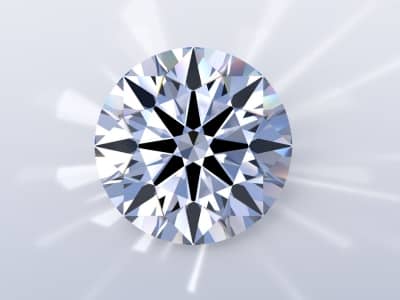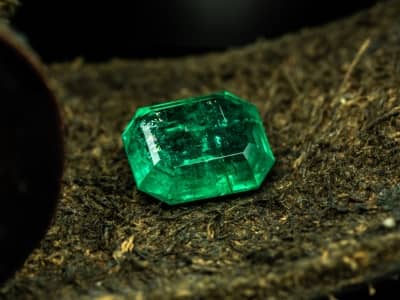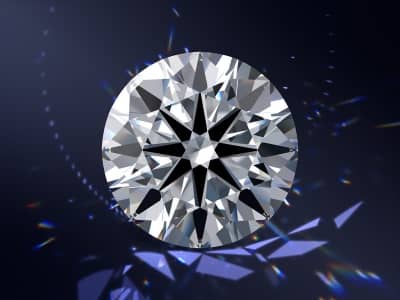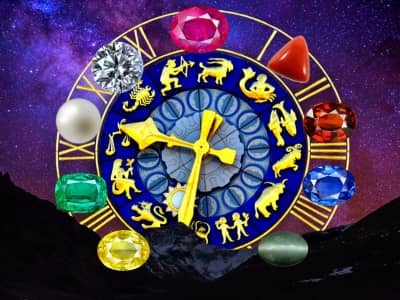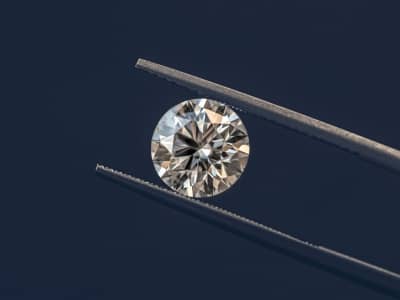Natural Diamonds
Round Shape
Princess Shape
Oval Shape
Heart Shape
Cushion Shape
Emerald Shape
Are lab-grown diamonds real?
Lab-grown diamonds and natural diamonds have the same chemical composition, which is pure carbon arranged in a cubic crystalline form. However, their formation processes differ. Natural diamonds take millions of years to form deep below the Earth’s surface, while lab-grown diamonds can be created in a laboratory within a few weeks. The resulting lab-grown diamonds or green diamonds, have identical optical properties to natural diamonds. For more specific information on how lab-grown diamonds are made, please refer to the details provided below.
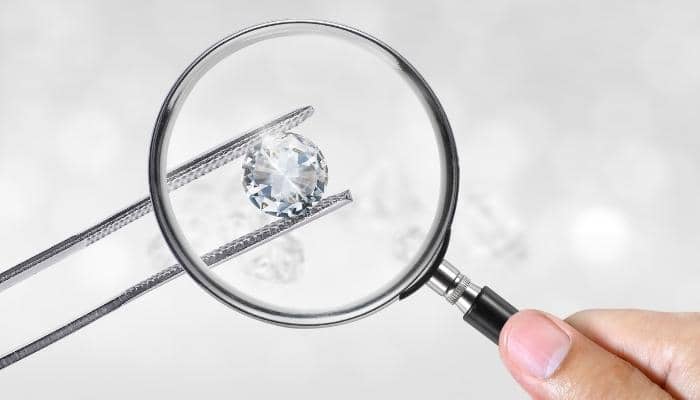
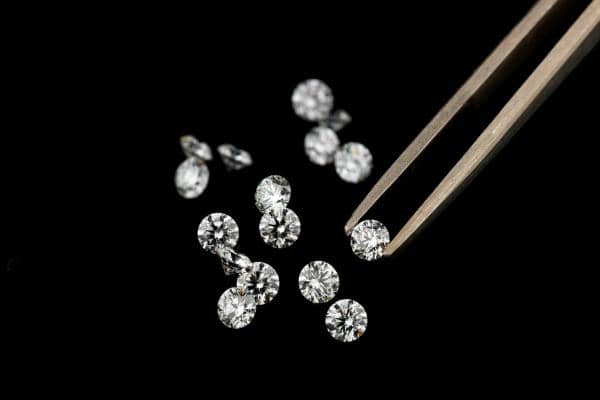
How are lab-grown diamonds made?
To create lab-grown diamonds, there are a few methods used. Typically, it starts with a small lab diamond, like a seed. These seeds are placed in a special chamber called a plasma reactor (for CVD synthesis) or a big mechanical press (for HPHT manufacturing). Then, using a mix of heat, pressure, and a carbon source, the crystals start growing layer by layer.
CVD stands for chemical Vapor deposition
CVD diamonds, also known as chemical vapor deposition diamonds, are lab-grown diamonds created through a process involving carbon-rich gases. These diamonds have the same composition and physical properties as natural diamonds, making them a popular and sustainable alternative in the jewelry industry.
HPHT stands for high pressure high temperature
HPHT diamonds, which stands for high-pressure high-temperature diamonds, are lab-grown diamonds produced by subjecting carbon to extreme pressure and heat. This process replicates the natural conditions under which diamonds are formed, resulting in diamonds with identical properties to those found in nature. HPHT diamonds offer a more affordable and ethically sourced option for those seeking the beauty and brilliance of diamonds.
How long does it take to grow a diamond?
The time it takes to grow a diamond in a laboratory can vary depending on the method used and the desired size of the diamond. Generally, it can take anywhere from a few weeks to several months. Some smaller diamonds can be grown within a few weeks, while larger diamonds may require several months or even longer. The growth rate is influenced by factors such as the specific technique employed, the conditions applied, and the intended purpose of the diamond.
How do you make colored lab-grown diamonds?
Lab-grown diamonds offer a significant advantage by allowing the creation of a wide range of colors, which are exceptionally rare in natural diamonds. This is accomplished by adjusting the gas mixture in the CVD reactor and applying specific treatments to the synthesized diamonds towards the end of the process. Although the concept may seem straightforward, our scientists have devoted countless hours to refining the procedure and consistently producing flawless diamonds in beautiful shades of all colors
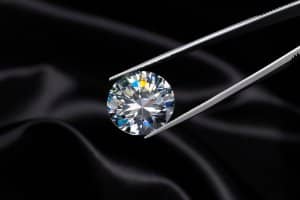
Lab grown vs simulants
Although diamond simulants such as cubic zirconia may bear a resemblance, they are fundamentally different from diamonds in terms of their chemical composition. They belong to distinct gem categories and are composed of dissimilar materials. Conversely, lab-grown diamonds share the identical chemical composition as natural diamonds, but their formation is accelerated through scientific advancements.
Lab-grown diamonds vs. Moissanite
Moissanite is a distinct gemstone that is often more affordable than diamonds. Originally occurring as a rare mineral, the natural supply was insufficient to create even small pieces of jewelry. As a result, scientists developed a method to reproduce it in laboratories, making it accessible for commercial purposes. Although moissanite may resemble diamonds in appearance, it possesses lower grades in terms of color and hardness.
Lab-grown diamonds vs. Cubic zirconia
Cubic zirconia was developed as an affordable substitute for diamonds, but it differs significantly in chemical composition. It is not as hard as diamonds and lacks the same level of brilliance and sparkle. Additionally, cubic zirconia is not classified as a natural gemstone since it does not occur in nature. Instead, it is created by melting together powdered zirconium and zirconium dioxide, shaping them into a stone-like form.
How are lab-grown diamonds graded?
As a reputable and esteemed diamond firm, we ensure that all our lab-grown diamonds are accompanied by IGI (International Gemological Institute) reports. These reports, following the same rigorous grading standards used for natural diamonds, guarantee the quality and authenticity of our lab-grown gems. With our commitment to excellence and the backing of IGI certification, you can trust that every diamond from our collection embodies the highest standards of craftsmanship and beauty.
Green Diamond Quality
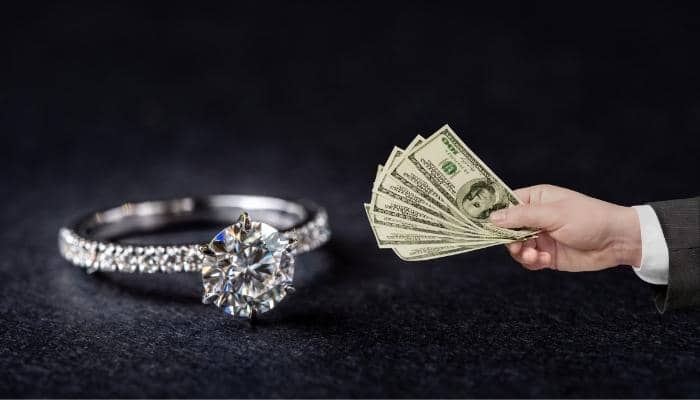
How much do lab-grown diamonds typically cost?
At Gems For Everyone, we pride ourselves on providing lab-grown diamonds of exceptional quality at competitive prices. Our transparent pricing structure ensures that each lab-grown diamonds adheres to the same standard, eliminating the rarity factor associated with natural diamonds. Unlike their natural counterparts, where larger carat weights combined with high-quality cut, color, and clarity significantly impact pricing, lab-grown diamonds offer more affordability across all carat weights. For a comprehensive breakdown of our pricing, kindly click the link below. Please note that we offer wholesale pricing and are open to price matching to ensure you receive the best value for your investment.

